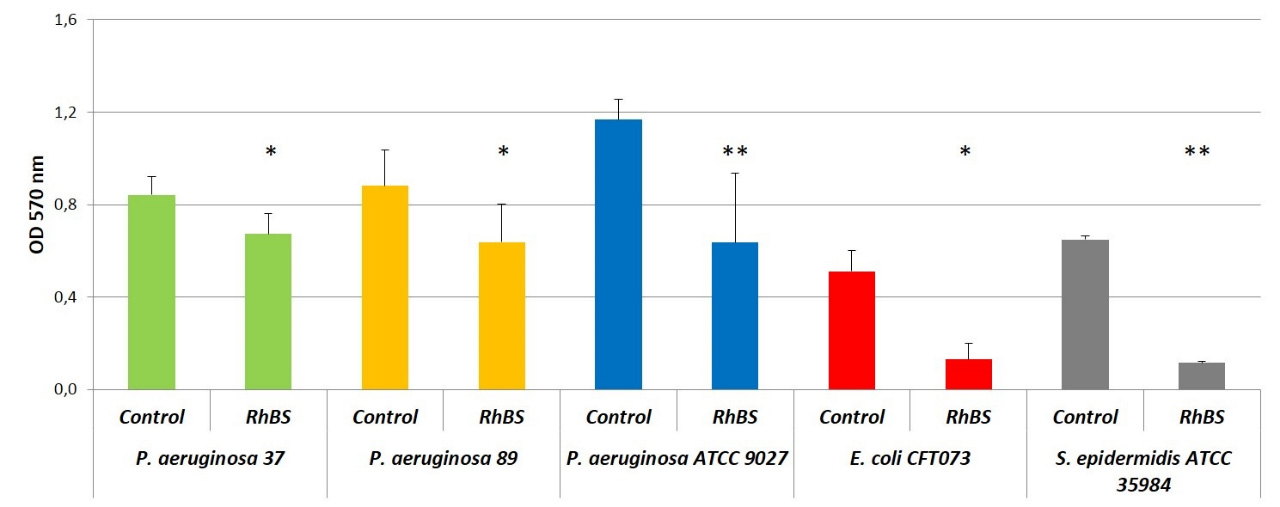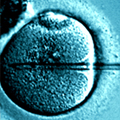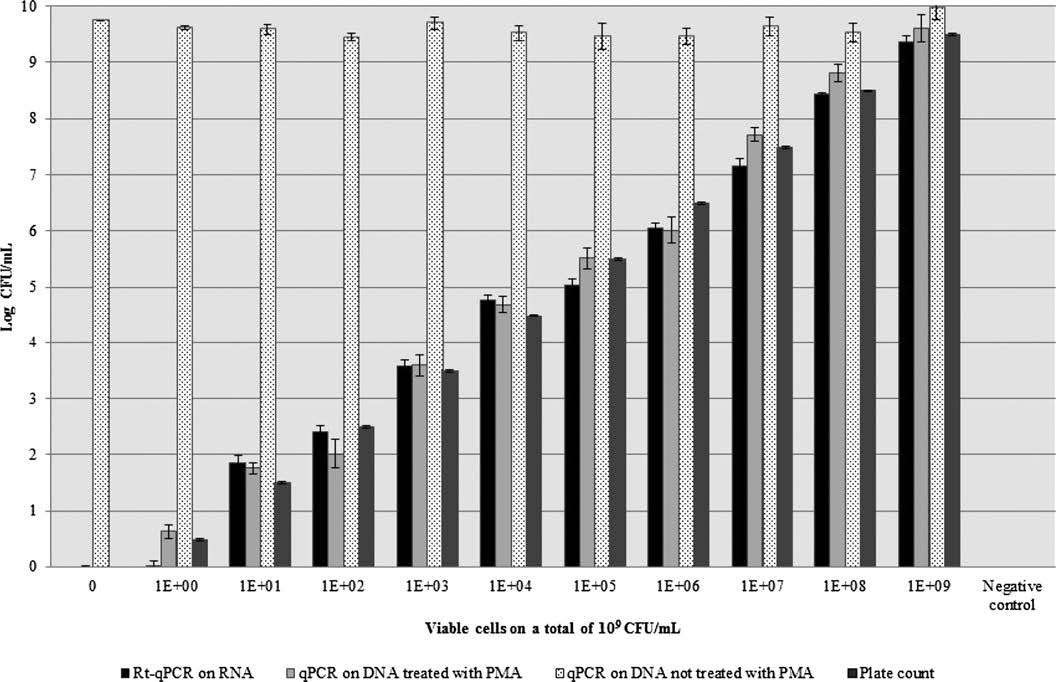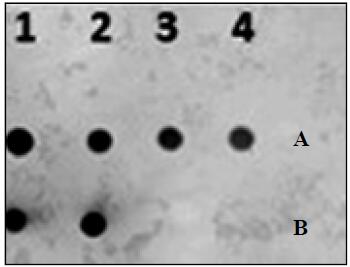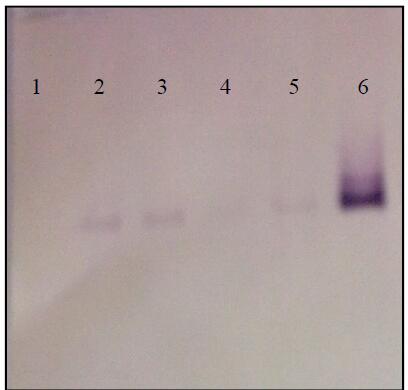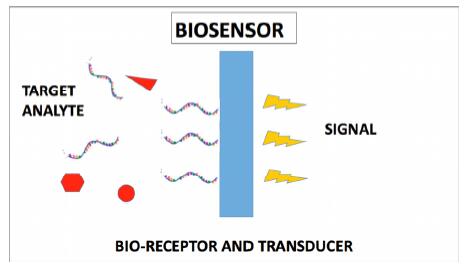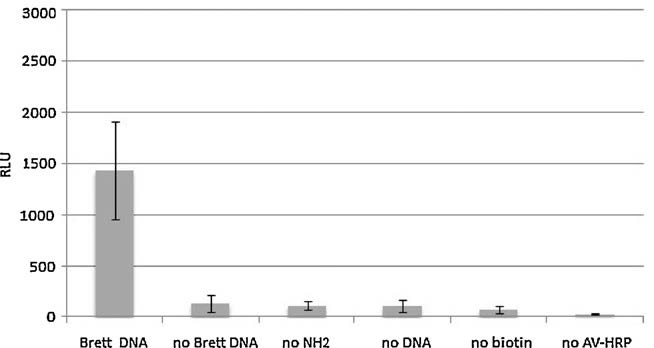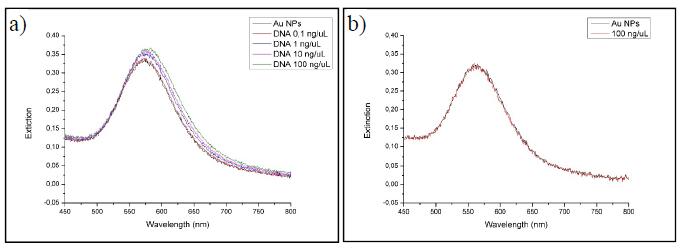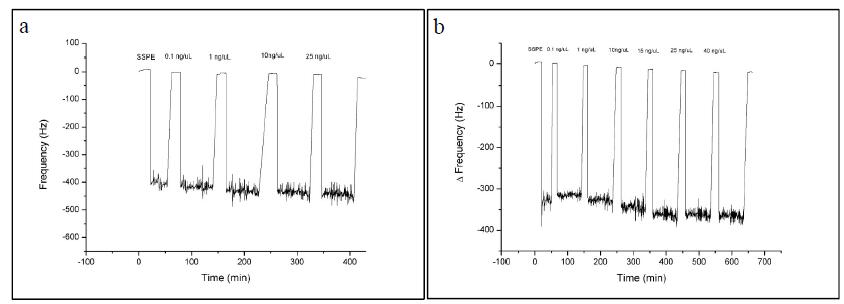| 1.
|
Niki Baccile, Florence Babonneau, Ibrahim M. Banat, Katarzyna Ciesielska, Anne-Sophie Cuvier, Bart Devreese, Bernd Everaert, Helen Lydon, Roger Marchant, Christopher A. Mitchell, Sophie Roelants, Lasse Six, Elke Theeuwes, Georgios Tsatsos, Georgia Eleni Tsotsou, Brecht Vanlerberghe, Inge N. A. Van Bogaert, Wim Soetaert,
Development of a Cradle-to-Grave Approach for Acetylated Acidic Sophorolipid Biosurfactants,
2017,
5,
2168-0485,
1186,
10.1021/acssuschemeng.6b02570
|
|
| 2.
|
Cristiana Pontes, Marta Alves, Catarina Santos, Maria H. Ribeiro, Lídia Gonçalves, Ana F. Bettencourt, Isabel A.C. Ribeiro,
Can Sophorolipids prevent biofilm formation on silicone catheter tubes?,
2016,
513,
03785173,
697,
10.1016/j.ijpharm.2016.09.074
|
|
| 3.
|
Sib Sankar Giri, Hyoun Joong Kim, Sang Guen Kim, Sang Wha Kim, Jun Kwon, Sung Bin Lee, Se Chang Park,
Immunomodulatory Role of Microbial Surfactants, with Special Emphasis on Fish,
2020,
21,
1422-0067,
7004,
10.3390/ijms21197004
|
|
| 4.
|
Ana Letícia Silva Coelho, Paulo Emilio Feuser, Bruno Augusto Mattar Carciofi, Débora de Oliveira, Cristiano José de Andrade,
Biological activity of mannosylerythritol lipids on the mammalian cells,
2020,
104,
0175-7598,
8595,
10.1007/s00253-020-10857-9
|
|
| 5.
|
Chiara Ceresa, Maurizio Rinaldi, Letizia Fracchia,
Synergistic activity of antifungal drugs and lipopeptide AC7 against Candida albicans biofilm on silicone,
2017,
4,
2375-1495,
318,
10.3934/bioeng.2017.2.318
|
|
| 6.
|
Drifa Yalaoui-Guellal, Samira Fella-Temzi, Salima Djafri-Dib, Fatiha Brahmi, Ibrahim M. Banat, Khodir Madani,
Biodegradation potential of crude petroleum by hydrocarbonoclastic bacteria isolated from Soummam wadi sediment and chemical-biological proprieties of their biosurfactants,
2020,
184,
09204105,
106554,
10.1016/j.petrol.2019.106554
|
|
| 7.
|
Lakshmi Tripathi, Matthew S. Twigg, Aikaterini Zompra, Karina Salek, Victor U. Irorere, Tony Gutierrez, Georgios A. Spyroulias, Roger Marchant, Ibrahim M. Banat,
Biosynthesis of rhamnolipid by a Marinobacter species expands the paradigm of biosurfactant synthesis to a new genus of the marine microflora,
2019,
18,
1475-2859,
10.1186/s12934-019-1216-8
|
|
| 8.
|
Breedge Callaghan, Helen Lydon, Sophie L. K. W. Roelants, Inge N. A. Van Bogaert, Roger Marchant, Ibrahim M. Banat, Christopher A. Mitchell, Chunming Liu,
Lactonic Sophorolipids Increase Tumor Burden in Apcmin+/- Mice,
2016,
11,
1932-6203,
e0156845,
10.1371/journal.pone.0156845
|
|
| 9.
|
Ibrahim M. Banat, Quentin Carboué, Gerardo Saucedo-Castañeda, José de Jesús Cázares-Marinero,
Biosurfactants: The green generation of speciality chemicals and potential production using Solid-State fermentation (SSF) technology,
2021,
320,
09608524,
124222,
10.1016/j.biortech.2020.124222
|
|
| 10.
|
Sonam Gupta, Navdeep Raghuwanshi, Ritu Varshney, I.M. Banat, Amit Kumar Srivastava, Parul A. Pruthi, Vikas Pruthi,
Accelerated in vivo wound healing evaluation of microbial glycolipid containing ointment as a transdermal substitute,
2017,
94,
07533322,
1186,
10.1016/j.biopha.2017.08.010
|
|
| 11.
|
T. P. Pirog,
SYNERGISTIC ACTION OF ESSENTIAL OILS WITH THE BIOCIDES ON MICROORGANISMS,
2019,
12,
24107751,
5,
10.15407/biotech12.04.005
|
|
| 12.
|
Rachhpal S. Kahlon,
2016,
Chapter 8,
978-3-319-31197-5,
281,
10.1007/978-3-319-31198-2_8
|
|
| 13.
|
Yuan-Seng Wu, Siew-Ching Ngai, Bey-Hing Goh, Kok-Gan Chan, Learn-Han Lee, Lay-Hong Chuah,
Anticancer Activities of Surfactin and Potential Application of Nanotechnology Assisted Surfactin Delivery,
2017,
8,
1663-9812,
10.3389/fphar.2017.00761
|
|
| 14.
|
B. Jasim, S. Sreelakshmi, Jyothis Mathew, E. K. Radhakrishnan,
Identification of endophytic Bacillus mojavensis with highly specialized broad spectrum antibacterial activity,
2016,
6,
2190-572X,
10.1007/s13205-016-0508-5
|
|
| 15.
|
C. Ceresa, L. Fracchia, M. Williams, I.M. Banat, M.A. Díaz De Rienzo,
The effect of sophorolipids against microbial biofilms on medical-grade silicone,
2020,
309,
01681656,
34,
10.1016/j.jbiotec.2019.12.019
|
|
| 16.
|
T.P. Pirog, L.V. Nikituk, T.A. Shevchuk,
Synergism of Antimicrobial Activity of Nocardia vaccinii IMV B-7405 Surfactants and Antibiotics,
2017,
79,
10280987,
30,
10.15407/microbiolj79.04.030
|
|
| 17.
|
Chiara Ceresa, Francesco Tessarolo, Devid Maniglio, Erica Tambone, Irene Carmagnola, Emanuele Fedeli, Iole Caola, Giandomenico Nollo, Valeria Chiono, Gianna Allegrone, Maurizio Rinaldi, Letizia Fracchia,
Medical-Grade Silicone Coated with Rhamnolipid R89 Is Effective against Staphylococcus spp. Biofilms,
2019,
24,
1420-3049,
3843,
10.3390/molecules24213843
|
|
| 18.
|
Victória Akemi I. Silveira, Erick K Nishio, Christiane A.U.Q. Freitas, Ismael R. Amador, Renata K.T. Kobayashi, Talita Caretta, Fernando Macedo, Maria Antonia P.C. Celligoi,
Production and antimicrobial activity of sophorolipid against Clostridium perfringens and Campylobacter jejuni and their additive interaction with lactic acid,
2019,
21,
18788181,
101287,
10.1016/j.bcab.2019.101287
|
|
| 19.
|
Bac V. G. Nguyen, Toshiki Nagakubo, Masanori Toyofuku, Nobuhiko Nomura, Andrew S. Utada,
Synergy between Sophorolipid Biosurfactant and SDS Increases the Efficiency of P. aeruginosa Biofilm Disruption,
2020,
36,
0743-7463,
6411,
10.1021/acs.langmuir.0c00643
|
|
| 20.
|
Mohamed Elshikh, Roger Marchant, Ibrahim M. Banat, Geertje van Keulen,
Biosurfactants: promising bioactive molecules for oral-related health applications,
2016,
363,
1574-6968,
fnw213,
10.1093/femsle/fnw213
|
|
| 21.
|
T.P. Pirog, O.I. Paliichuk, G.O. Iutynska, T.A. Shevchuk,
Prospects of Using Microbial Surfactants in Plant Growing,
2018,
80,
10280987,
115,
10.15407/microbiolj80.03.115
|
|
| 22.
|
Italo José Batista Durval, Ivison Amaro da Silva, Leonie Asfora Sarubbo,
2021,
Chapter 1,
978-981-15-6606-6,
1,
10.1007/978-981-15-6607-3_1
|
|
| 23.
|
P.J. Naughton, R. Marchant, V. Naughton, I.M. Banat,
Microbial biosurfactants: current trends and applications in agricultural and biomedical industries,
2019,
127,
1364-5072,
12,
10.1111/jam.14243
|
|
| 24.
|
Ana Letícia Silva Coelho, Paulo Emílio Feuser, Bruno Augusto Mattar Carciofi, Cristiano José de Andrade, Débora de Oliveira,
Mannosylerythritol lipids: antimicrobial and biomedical properties,
2020,
104,
0175-7598,
2297,
10.1007/s00253-020-10354-z
|
|
| 25.
|
Chiara Ceresa, Maurizio Rinaldi, Francesco Tessarolo, Devid Maniglio, Emanuele Fedeli, Erica Tambone, Patrizio Caciagli, Ibrahim M. Banat, Mayri Alessandra Diaz De Rienzo, Letizia Fracchia,
Inhibitory Effects of Lipopeptides and Glycolipids on C. albicans–Staphylococcus spp. Dual-Species Biofilms,
2021,
11,
1664-302X,
10.3389/fmicb.2020.545654
|
|
| 26.
|
Matthew L. Smith, Stefano Gandolfi, Philippa M. Coshall, Pattanathu K. S. M. Rahman,
Biosurfactants: A Covid-19 Perspective,
2020,
11,
1664-302X,
10.3389/fmicb.2020.01341
|
|
| 27.
|
Constantina Eleni Drakontis, Samiul Amin,
Biosurfactants: Formulations, properties, and applications,
2020,
48,
13590294,
77,
10.1016/j.cocis.2020.03.013
|
|
| 28.
|
Surekha K. Satpute, Gauri R. Kulkarni, Arun G. Banpurkar, Ibrahim M. Banat, Nishigandha S. Mone, Rajendra H. Patil, Swaranjit Singh Cameotra,
Biosurfactant/s from Lactobacilli species: Properties, challenges and potential biomedical applications,
2016,
56,
0233111X,
1140,
10.1002/jobm.201600143
|
|
| 29.
|
Danyelle Santos, Raquel Rufino, Juliana Luna, Valdemir Santos, Leonie Sarubbo,
Biosurfactants: Multifunctional Biomolecules of the 21st Century,
2016,
17,
1422-0067,
401,
10.3390/ijms17030401
|
|
| 30.
|
Benjamin Trudgeon, Markus Dieser, Narayanaganesh Balasubramanian, Mitch Messmer, Christine M. Foreman,
Low-Temperature Biosurfactants from Polar Microbes,
2020,
8,
2076-2607,
1183,
10.3390/microorganisms8081183
|
|
| 31.
|
Zulfiqar Ali Raza, Zafar M. Khalid, Naseer Ahmad, Bushra Tehseen,
Statistical Optimisation of Rhamnolipid Production using a Pseudomonas putida Strain Cultivated on Renewable Carbon Sources of Waste Vegetable Oils,
2020,
57,
0932-3414,
13,
10.3139/113.110664
|
|
| 32.
|
Farazul Haque, Mohd Sajjad Ahmad Khan, Naif AlQurashi,
ROS-Mediated Necrosis by Glycolipid Biosurfactants on Lung, Breast, and Skin Melanoma Cells,
2021,
11,
2234-943X,
10.3389/fonc.2021.622470
|
|
| 33.
|
Amedea Perfumo, Michelle Rudden, Roger Marchant, Ibrahim M. Banat,
2018,
Chapter 35,
978-3-319-50540-4,
75,
10.1007/978-3-319-50542-8_35
|
|
| 34.
|
Milena G. Rikalovic, Natasa S. Avramovic, Ivanka M. Karadzic,
2017,
Chapter 6,
978-953-51-3291-2,
10.5772/66687
|
|
| 35.
|
A. Pele Milagre, Montero-Rodriguez Dayana, Rubio-Ribeaux Daylin, F. Souza Adriana, A. C. Luna Marcos, F. Santiago Michele, F. S. Andrade Rosileide, A. Lima e Silva Thayse, L. C. M. A. Santiago André, M. Campos-Takaki Galba,
Development and improved selected markers to biosurfactant and bioemulsifier production by Rhizopus strains isolated from Caatinga soil,
2018,
17,
1684-5315,
150,
10.5897/AJB2017.16230
|
|
| 36.
|
Daniel Chakhalian, Robert B. Shultz, Catherine E. Miles, Joachim Kohn,
Opportunities for biomaterials to address the challenges of
COVID
‐19
,
2020,
108,
1549-3296,
1974,
10.1002/jbm.a.37059
|
|
| 37.
|
Basavaprabhu H. Nataraj, Syed Azmal Ali, Pradip V. Behare, Hariom Yadav,
Postbiotics-parabiotics: the new horizons in microbial biotherapy and functional foods,
2020,
19,
1475-2859,
10.1186/s12934-020-01426-w
|
|
| 38.
|
Usharani Rathinam Krishnaswamy, Lakshmanaperumalsamy P, Achlesh D,
2021,
Chapter 4,
978-981-15-8998-0,
81,
10.1007/978-981-15-8999-7_4
|
|
| 39.
|
Shanying He, Yaoqi Ni, Li Lu, Qiwei Chai, Tao Yu, Zhiqiang Shen, Chunping Yang,
Simultaneous degradation of n-hexane and production of biosurfactants by Pseudomonas sp. strain NEE2 isolated from oil-contaminated soils,
2020,
242,
00456535,
125237,
10.1016/j.chemosphere.2019.125237
|
|
| 40.
|
T. P. Pirog,
THE PROPERTIES OF SURFACTANTS SYNTHESIZED BY Acinetobacter calcoaceticus ІMV В-7241 ON REFINED AND WASTE SUNFLOWER OIL,
2018,
11,
24107751,
82,
10.15407/biotech11.06.082
|
|
| 41.
|
M. Elshikh, I. Moya-Ramírez, H. Moens, S. Roelants, W. Soetaert, R. Marchant, I.M. Banat,
Rhamnolipids and lactonic sophorolipids: natural antimicrobial surfactants for oral hygiene,
2017,
123,
13645072,
1111,
10.1111/jam.13550
|
|
| 42.
|
Chiara Ceresa, Francesco Tessarolo, Devid Maniglio, Iole Caola, Giandomenico Nollo, Maurizio Rinaldi, Letizia Fracchia,
Inhibition of Candida albicans biofilm by lipopeptide AC7 coated medical-grade silicone in combination with farnesol,
2018,
5,
2375-1495,
192,
10.3934/bioeng.2018.3.192
|
|
| 43.
|
Sweeta Akbari, Nour Hamid Abdurahman, Rosli Mohd Yunus, Fahim Fayaz, Oluwaseun Ruth Alara,
Biosurfactants—a new frontier for social and environmental safety: a mini review,
2018,
2,
24520721,
81,
10.1016/j.biori.2018.09.001
|
|
| 44.
|
Surekha K. Satpute, Nishigandha S. Mone, Parijat Das, Ibrahim M. Banat, Arun G. Banpurkar,
Inhibition of pathogenic bacterial biofilms on PDMS based implants by L. acidophilus derived biosurfactant,
2019,
19,
1471-2180,
10.1186/s12866-019-1412-z
|
|
| 45.
|
Thaina A. Lima, Augusto Etchegaray, M. Teresa Machini,
Design, synthesis and valued properties of surfactin oversimplified analogues,
2020,
52,
0939-4451,
25,
10.1007/s00726-019-02806-2
|
|
| 46.
|
Geeta Rawat, Anupam Dhasmana, Vivek Kumar,
Biosurfactants: the next generation biomolecules for diverse applications,
2020,
3,
2523-8922,
353,
10.1007/s42398-020-00128-8
|
|
| 47.
|
Louiza Derguine-Mecheri, Salima Kebbouche-Gana, Djamel Djenane,
Biosurfactant production from newly isolated Rhodotorula sp.YBR and its great potential in enhanced removal of hydrocarbons from contaminated soils,
2021,
37,
0959-3993,
10.1007/s11274-020-02983-3
|
|
| 48.
|
T.P. Pirog, T.A. Shevchuk, N.M. Petrenko, O.I. Paliichuk, G.O. Iutynska,
Influence of Cultivation Conditions of Rhodococcus erythropolis IMV Ac-5017 on the Properties of Synthesized Surfactants,
2018,
80,
10280987,
13,
10.15407/microbiolj80.04.013
|
|
| 49.
|
Mohamed Elshikh, Scott Funston, Alif Chebbi, Syed Ahmed, Roger Marchant, Ibrahim M. Banat,
Rhamnolipids from non-pathogenic Burkholderia thailandensis E264: Physicochemical characterization, antimicrobial and antibiofilm efficacy against oral hygiene related pathogens,
2017,
36,
18716784,
26,
10.1016/j.nbt.2016.12.009
|
|
| 50.
|
Chiara Ceresa, Maurizio Rinaldi, Valeria Chiono, Irene Carmagnola, Gianna Allegrone, Letizia Fracchia,
Lipopeptides from Bacillus subtilis AC7 inhibit adhesion and biofilm formation of Candida albicans on silicone,
2016,
109,
0003-6072,
1375,
10.1007/s10482-016-0736-z
|
|
| 51.
|
Scott J. Funston, Konstantina Tsaousi, Thomas J. Smyth, Matthew S. Twigg, Roger Marchant, Ibrahim M. Banat,
Enhanced rhamnolipid production in Burkholderia thailandensis transposon knockout strains deficient in polyhydroxyalkanoate (PHA) synthesis,
2017,
101,
0175-7598,
8443,
10.1007/s00253-017-8540-x
|
|
| 52.
|
Amedea Perfumo, Michelle Rudden, Roger Marchant, Ibrahim M. Banat,
2017,
Chapter 35-1,
978-3-319-20796-4,
1,
10.1007/978-3-319-20796-4_35-1
|
|
| 53.
|
Chiara Ceresa, Letizia Fracchia, Emanuele Fedeli, Chiara Porta, Ibrahim M. Banat,
Recent Advances in Biomedical, Therapeutic and Pharmaceutical Applications of Microbial Surfactants,
2021,
13,
1999-4923,
466,
10.3390/pharmaceutics13040466
|
|
| 54.
|
Kenia Barrantes, Juan José Araya, Luz Chacón, Rolando Procupez‐Schtirbu, Fernanda Lugo, Gabriel Ibarra, Víctor H. Soto,
2021,
9781119671022,
245,
10.1002/9781119671022.ch11
|
|
| 55.
|
Maria H. Ribeiro, Eva Fahr, Sara Lopes,
2022,
9781119769576,
1,
10.1002/9781119769620.ch1
|
|
| 56.
|
Marcos André Moura Dias, Marcia Nitschke,
Bacterial-derived surfactants: an update on general aspects and forthcoming applications,
2023,
54,
1517-8382,
103,
10.1007/s42770-023-00905-7
|
|
| 57.
|
JINDARAT EKPRASERT, SASIWIMON KANAKAI, SULADDA YOSPRASONG,
Improved Biosurfactant Production by Enterobacter cloacae B14, Stability Studies, and its Antimicrobial Activity,
2020,
69,
2544-4646,
273,
10.33073/pjm-2020-030
|
|
| 58.
|
Neelam Mishra, Kavita Rana, Siva Deepthi Seelam, Rakesh Kumar, Vijyendra Pandey, Bharathi P. Salimath, Dayanand Agsar,
Characterization and Cytotoxicity of Pseudomonas Mediated Rhamnolipids Against Breast Cancer MDA-MB-231 Cell Line,
2021,
9,
2296-4185,
10.3389/fbioe.2021.761266
|
|
| 59.
|
Zahraa Amer Hashim, Jean‐Yves Maillard, Melanie Jay Wilson, Rachel Jane Waddington,
Determining the potential use of biosurfactants in preventing endodontic infections,
2022,
130,
0909-8836,
10.1111/eos.12900
|
|
| 60.
|
Monohar Hossain Mondal, Wasefa Begum, Ajaya Bhattarai, Dileep Kumar, Bula Singh, Bidyut Saha,
2023,
9780128242834,
57,
10.1016/B978-0-12-824283-4.00002-2
|
|
| 61.
|
Moumita Biswas (Sarkar), Abhijit Sarkar,
2022,
9780128229217,
303,
10.1016/B978-0-12-822921-7.00016-7
|
|
| 62.
|
Simms A. Adu, Matthew S. Twigg, Patrick J. Naughton, Roger Marchant, Ibrahim M. Banat,
Characterisation of cytotoxicity and immunomodulatory effects of glycolipid biosurfactants on human keratinocytes,
2023,
107,
0175-7598,
137,
10.1007/s00253-022-12302-5
|
|
| 63.
|
Anna Parus, Tomasz Ciesielski, Marta Woźniak-Karczewska, Mariusz Ślachciński, Mikołaj Owsianiak, Łukasz Ławniczak, Andreas P. Loibner, Hermann J. Heipieper, Łukasz Chrzanowski,
Basic principles for biosurfactant-assisted (bio)remediation of soils contaminated by heavy metals and petroleum hydrocarbons – A critical evaluation of the performance of rhamnolipids,
2023,
443,
03043894,
130171,
10.1016/j.jhazmat.2022.130171
|
|
| 64.
|
Victor E. Vera-Santander, Ricardo H. Hernández-Figueroa, María T. Jiménez-Munguía, Emma Mani-López, Aurelio López-Malo,
Health Benefits of Consuming Foods with Bacterial Probiotics, Postbiotics, and Their Metabolites: A Review,
2023,
28,
1420-3049,
1230,
10.3390/molecules28031230
|
|
| 65.
|
Aarati Panchabhai,
2021,
9780128233801,
367,
10.1016/B978-0-12-823380-1.00010-1
|
|
| 66.
|
Shristi Handa, Yadu Aggarwal, Sanjeev Puri, Mary Chatterjee,
Pharmaceutical prospects of biosurfactants produced from fungal species,
2022,
62,
0233-111X,
1307,
10.1002/jobm.202200327
|
|
| 67.
|
Bhoomika M. Karamchandani, Ameya A. Pawar, Sujit S. Pawar, Sahil Syed, Nishigandha S. Mone, Sunil G. Dalvi, Pattanathu K. S. M. Rahman, Ibrahim M. Banat, Surekha K. Satpute,
Biosurfactants’ multifarious functional potential for sustainable agricultural practices,
2022,
10,
2296-4185,
10.3389/fbioe.2022.1047279
|
|
| 68.
|
Amrita Kumari Panda, Seeta Dewali, Rashi Miglani, Rojita Mishra, Surajit De Mandal, Satpal Singh Bisht,
2023,
9780323901130,
147,
10.1016/B978-0-323-90113-0.00006-7
|
|
| 69.
|
Sweeta Akbari, Nour Hamid Abdurahman, Viacheslau Kudrashou,
2023,
Chapter 7,
978-3-031-21681-7,
137,
10.1007/978-3-031-21682-4_7
|
|
| 70.
|
Celia Abolnik, Christine Strydom, Debbie Landman, Reneé Pieterse,
Identification of bacteria in the tracheal swabs of farmed ostriches and their effect on the viability of influenza A virus,
2021,
33,
1040-6387,
1089,
10.1177/10406387211034483
|
|
| 71.
|
Sherly Antony, T.U. Sukumaran, Prasanth Rathinam, Reshmy R., Parameswaran Binod, Ashok Pandey, Raveendran Sindhu,
2022,
9780323851466,
439,
10.1016/B978-0-323-85146-6.00017-6
|
|
| 72.
|
Marcia Nitschke, Crisiane Aparecida Marangon,
Microbial surfactants in nanotechnology: recent trends and applications,
2022,
42,
0738-8551,
294,
10.1080/07388551.2021.1933890
|
|
| 73.
|
Charles Oluwaseun Adetunji, Olugbemi Tope Olaniyan, Osikemekha Anthony Anani, Abel Inobeme, Awotunde Oluwasegun Samson, Julius Kola Oloke, Wadzani Dauda Palnam, Sana Ali,
2022,
9780323851466,
175,
10.1016/B978-0-323-85146-6.00014-0
|
|
| 74.
|
N.V. Krishna Prasad, R. Jayakumar, P. Wagdevi, S. Ramesh,
2021,
9780128226964,
21,
10.1016/B978-0-12-822696-4.00021-8
|
|
| 75.
|
Soni Kumari Singh, Ashish Sachan,
2022,
9780128234433,
419,
10.1016/B978-0-12-823443-3.00007-7
|
|
| 76.
|
Manoj Kumar Sarangi, Sasmita Padhi, L.D. Patel, Goutam Rath, Sitansu Sekhar Nanda, Dong Kee Yi,
Theranostic efficiency of biosurfactants against COVID-19 and similar viruses - A review,
2022,
76,
17732247,
103764,
10.1016/j.jddst.2022.103764
|
|
| 77.
|
O. V. Kisil, V. S. Trefilov, V. S. Sadykova, M. E. Zvereva, E. A. Kubareva,
Surfactin: Its Biological Activity and Possibility of Application in Agriculture,
2023,
59,
0003-6838,
1,
10.1134/S0003683823010027
|
|
| 78.
|
John Adewole Alara, Oluwaseun Ruth Alara,
2024,
9780443132889,
307,
10.1016/B978-0-443-13288-9.00001-2
|
|
| 79.
|
John Adewole Alara,
2024,
9780443132889,
355,
10.1016/B978-0-443-13288-9.00022-X
|
|
| 80.
|
Ines Ayadi, Sarra Akermi, Mariem Louati, Ali Gargouri, Lotfi Mellouli, Mohamed Guerfali,
Microbial bioactive compounds from oleaginous yeast culture: insights into molecular docking interactions and toxicity prediction,
2024,
2190-6815,
10.1007/s13399-024-05516-2
|
|
| 81.
|
Swapnashree Satapathy, Ananya Kuanar, Arun Kumar Pradhan,
2024,
9789815196924,
80,
10.2174/9789815196924124010007
|
|
| 82.
|
Md. Sekendar Ali, Eon-Bee Lee, Walter H. Hsu, Kyoungho Suk, Syed Al Jawad Sayem, H. M. Arif Ullah, Seung-Jin Lee, Seung-Chun Park,
Probiotics and Postbiotics as an Alternative to Antibiotics: An Emphasis on Pigs,
2023,
12,
2076-0817,
874,
10.3390/pathogens12070874
|
|
| 83.
|
Subhodip Mondal, Animesh Acharjee, Bidyut Saha,
Utilization of natural surfactants: An approach towards sustainable universe,
2022,
60,
2572-8288,
1,
10.1002/vjch.202100137
|
|
| 84.
|
Mariana Amaral Azevedo, Letícia Portugal do Nascimento, Maria dos Remédios Vieira-Neta, Iolanda Cristina Silveira Duarte,
2023,
Chapter 6,
978-3-031-31229-8,
129,
10.1007/978-3-031-31230-4_6
|
|
| 85.
|
Madduri Madhuri, Shivaprakash M. Rudramurthy, Utpal Roy,
Two promising Bacillus-derived antifungal lipopeptide leads AF4 and AF5 and their combined effect with fluconazole on the in vitro Candida glabrata biofilms,
2024,
15,
1663-9812,
10.3389/fphar.2024.1334419
|
|
| 86.
|
O. V. Kisil, V. S. Trefilov, V. S. Sadykova, M. E. Zvereva, Е. А. Kubareva,
SURFACTIN: BIOLOGICAL ACTIVITY AND THE POSSIBILITY OF AGRICULTURE APPLICATION (REVIEW),
2023,
59,
0555-1099,
3,
10.31857/S0555109923010026
|
|
| 87.
|
Fatimazahra Kadiri, Abdelkarim Ezaouine, Mohammed Blaghen, Faiza Bennis, Fatima Chegdani,
Antibiofilm potential of biosurfactant produced by Bacillus aerius against pathogen bacteria,
2024,
56,
18788181,
102995,
10.1016/j.bcab.2023.102995
|
|
| 88.
|
Twinkle Rout, Muchalika Satapathy, Pratyasha Panda, Sibani Sahoo, Arun Kumar Pradhan,
2024,
9789815196924,
54,
10.2174/9789815196924124010005
|
|
| 89.
|
Avinash P. Ingle, Shreshtha Saxena, Mangesh Moharil, Mahendra Rai, Silvio S. Da Silva,
2023,
9781119854364,
173,
10.1002/9781119854395.ch9
|
|
| 90.
|
Karolína Englerová, Radomíra Nemcová, Eva Styková,
Biosurfactants and their role in the inhibition of the biofilmforming pathogens,
2018,
67,
12107816,
107,
10.36290/csf.2018.015
|
|
| 91.
|
Francine Melise dos Santos, Amanda Pasinato Napp, Carolina Pinto de Aguiar, William Lautert Dutra, Breno GONÇALVES, Felipe Dalla Vecchia, Raj Deo Tewari, Clarissa Melo,
Carbon Dioxide as a Carbon Source for Biosurfactant Production,
2025,
1556-5068,
10.2139/ssrn.5066224
|
|
| 92.
|
Priya Yadav, Rahul Prasad Singh, Subhasha Nigam, Rajpal Srivastav, Rachana Singh, Abeer Hasem, Elsayed Fathi Abd_Allah, Amit Raj, Sandeep Kumar Singh, Ajay Kumar,
2025,
24689289,
10.1016/bs.apmp.2024.11.002
|
|
| 93.
|
Roshan Jaiswal, Padmanaban Velayudhaperumal Chellam, Rangabhashiyam Selvasembian,
Critical review on revamping circular economy strategies for the co-production of biosurfactants and lipase from agro-industrial wastes through resource recovery and life cycle assessment,
2025,
196,
09619534,
107733,
10.1016/j.biombioe.2025.107733
|
|









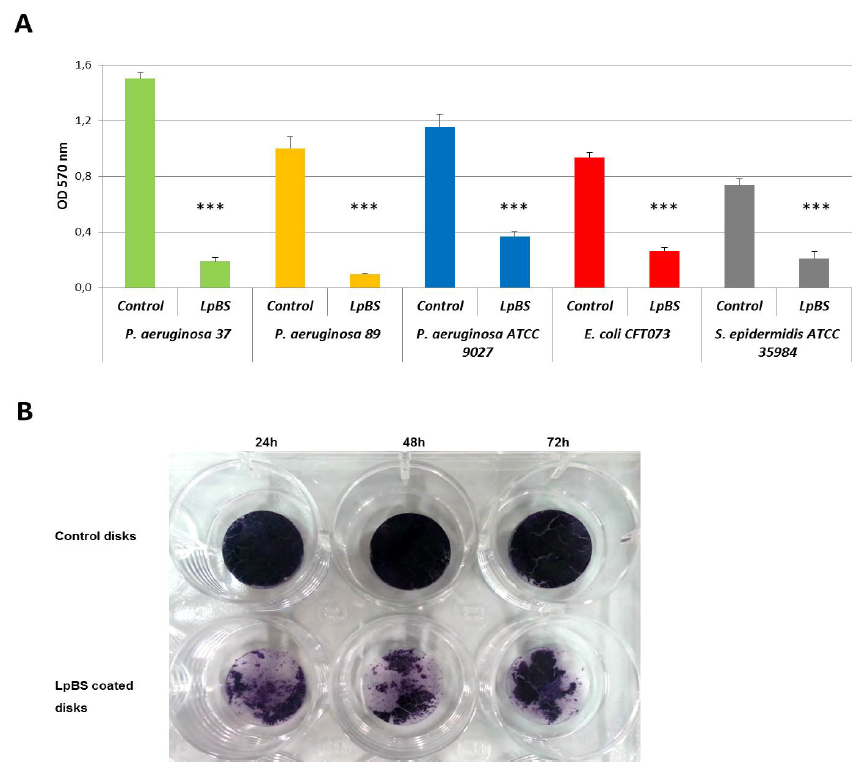
 DownLoad:
DownLoad: 